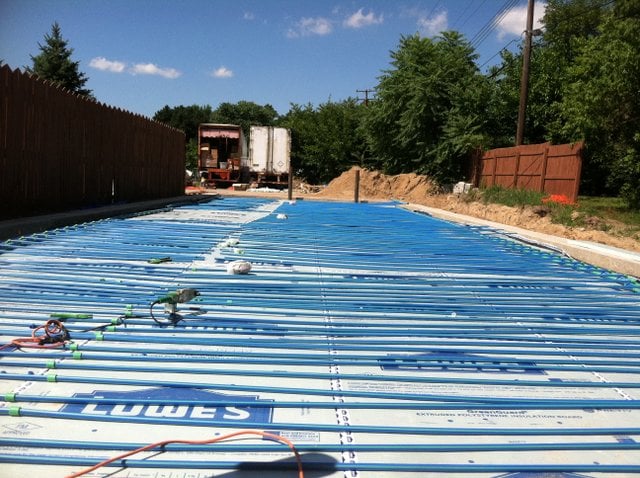
Come together
“When we started to watch the contractor put the pipe in, things started to come together. It looked like the speed of the project moved along at a really good clip,” Peron recalled of the installation. At the time, the design team didn’t consider using Aquatherm for the brewing chiller system; now four years later, Peron wishes that wasn’t the case. “I’m kind of bummed that we didn’t take that into consideration. Rest assured, moving forward I’ve got air process, CO2 process and more water supply lines that we’re going to run in Aquatherm.”
Peron was impressed with the idea that polypropylene is heat-fused as opposed to being connected via primers and glues or mechanical connections. “Anytime you eliminate steps, you can increase a more positive outcome,” he said. “The way we were able to cut and connect this pipe, it was a lot cleaner. With Aquatherm, it’s just time and temperature, and there’s a much shorter time; there’s no risk of drips and glue to break off and get in your process lines.”
The ABC team and a local contractor installed 3,060 feet of ½-in. Aquatherm Blue Pipe running from five 85-foot-deep geothermal wells to the surface, with another 3,750 feet embedded in the 6-in.-deep concrete floor of the beer cave. Additionally, 960 feet of 1-in. Aquatherm Green Pipe was installed running from the wells to the building, and 300 feet of 2-in. Blue Pipe was used to form the perimeter of the grid.
Aquatherm Blue Pipe, which is designed for HVAC and industrial applications, was used in the floor and in the wells, while Aquatherm Green Pipe, which is designed for potable water applications, was used to run from the wells to the control area in the front of the beer cave.
The floor grid was roughly 23 feet x 78 feet with ½-inch Aquatherm Blue Pipe spaced out every 6 inches to provide the beer cave’s heating and cooling, and the lines from the building to the wells were buried roughly 6 feet underground in sand/dirt.
Aquatherm offers more than 400 fittings and valves, and its fusion outlets offer considerable time and material savings. The heat fusion outlets provided significant labor and material savings for the geothermal grid and the manifolds.
The fusion outlets allow branch lines to be installed when the pipe is already in place. The pipe is simply drilled into with a specially designed bit that removes the PP-R material, and the fusion outlet is welded into the drilled hole. Fusion outlets connected the ½-inch pipe to the main lines.
According to O’Brien, the contractor that initially started the expansion’s plumbing installation was unable to complete it for a variety of reasons, so a second contractor assisted brewery staff in completing the project, and it all turned out quite well.
Performing as designed
The geothermal radiant system, which contains only water, is powered by a single 115v Grundfos pump. The system provides 100 percent of the heating and cooling for the beer cave and has been running for more than four years, performing exactly as designed.
“Keeping this space from freezing all winter without spending any money on heating is amazing because it gets really cold, and there are many days when it’s zero degrees outside. This room just never froze, and it never got cold enough where the beer is in danger of being hurt a bit,” Peron explained.
He added that no maintenance has been necessary. “We’ve had zero issues with the system. It’s kind of like we ‘set it and forget it.’ We make sure the water levels are set, and it’s doing what it’s supposed to, but we haven’t seen any visible flaws or degradation. And it seems that according to the chemical specs sheets, and what they were engineered to be used for, the possibilities for using this pipe are endless,” Peron said.

Peace of mind
While ABC didn’t use Aquatherm for glycol, Peron explained that the pipe’s 10-year multimillion-dollar warranty makes it a no-brainer for that application since glycol leaks can be so costly. He added that PP-R’s inherent R-value of 1 or more depending on pipe diameter was another selling point. “Condensation and dust can create mold issues. And if you’ve got mold on the premises, it’s counterintuitive to have to clean up constantly after that. There’s less insulation needed to put onto the product, which was a big deal.”
The brewery produced 4,500 bbls in 2013 and was on target for 6,000 bbls in 2014 with growth remaining steady at 25 to 30 percent annually since opening in 2006. But despite the growth, ABC has experienced a 30 percent reduction in overall energy costs thanks to their green initiatives, providing an excellent return on investment for ABC. And going forward, Peron said Aquatherm pipe will be used in all suitable applications, including new CO2 and compressed air mains. Innovators tend to find groundbreaking products, and in this case, ABC hit a bulls-eye for their piping needs.
Barry Campbell is the vice president of advertising and media relations with Aquatherm, based in Medina, Ohio (not too far away from CBB headquarters). Before graduating from Ohio University’s E.W. Scripps School of Journalism with honors, Campbell had already launched a professional writing career as a reporter and working for the Associated Press. His career spans three decades, including award-winning work in the newspaper, trade magazine (with a more decade in HVAC), and marketing/advertising/PR fields. As Aquatherm’s VP of marketing, Campbell provides a unique perspective on all media-related and marketing matters and works tirelessly to educate North America about the benefits of polypropylene-random pipe for P/HVAC and industrial applications.

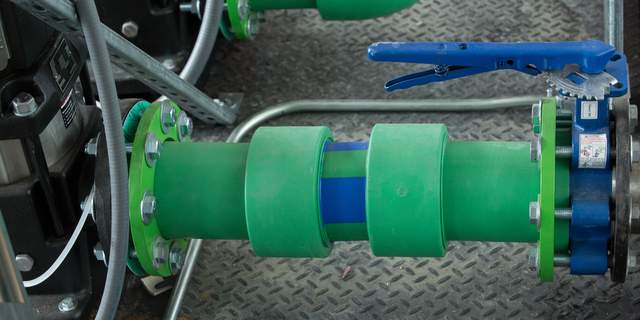
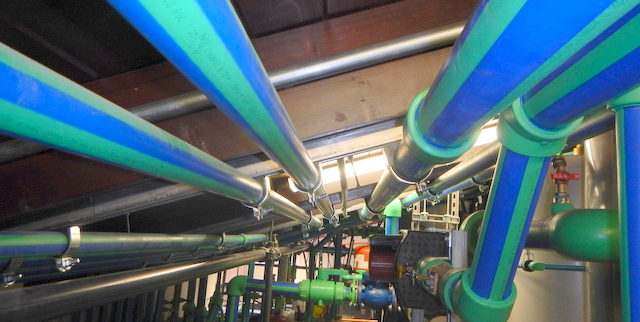
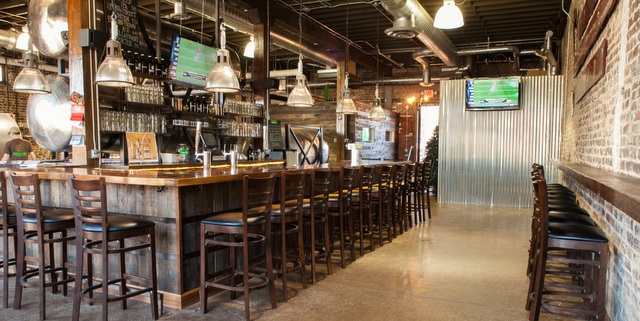
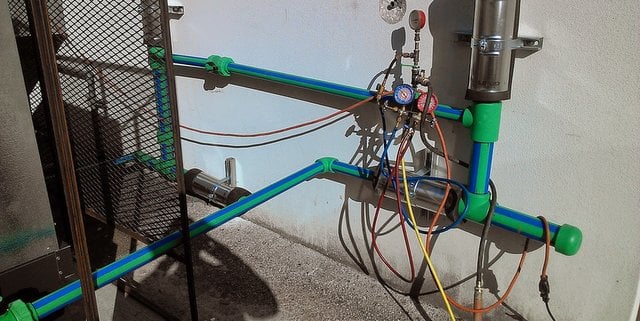

Michigan Breweries liked this on Facebook.